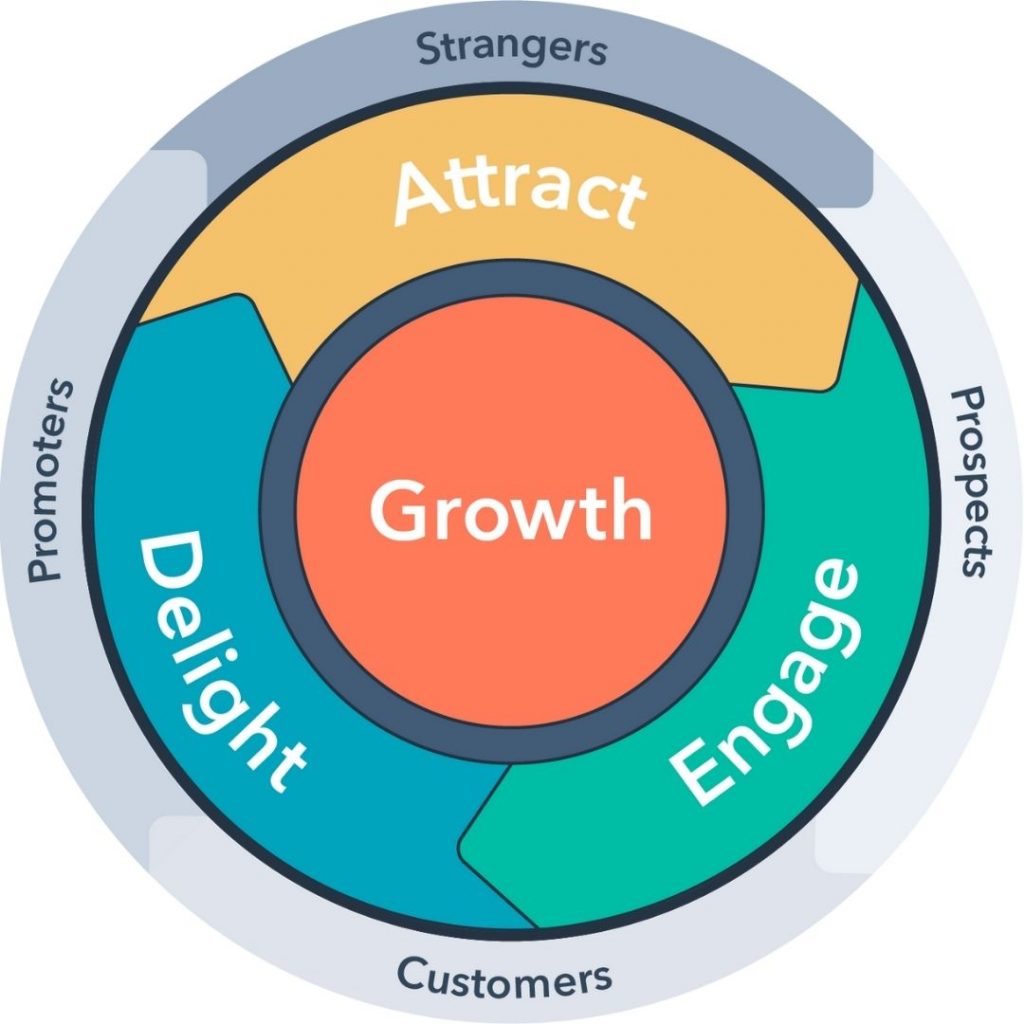8 Upcoming Marketing Trends for NZ Businesses in 2022
Marketing is an arms race – a never-ending battle between brands to outdo one another, as they compete for the ultra-valuable space in front of the right sets of eyes.
While it can be tempting to think that this competition is primarily waged between the big brands, the internet has levelled the marketing playing field, and small businesses also find themselves on this battlefield, vying for attention.
Staying ahead of the game is about keeping your fingers on the marketing pulse. With that in mind, let’s take a look at eight recent marketing trends that could help your small business get ahead in 2022.
1. From funnel to flywheel
Let’s begin our list by zooming out. How do you view a customer’s journey with your brand? The most common representation is the sales funnel – an individual enters as a prospect and leaves as a buyer. But to say that the journey ends when a purchase is made is to miss out on endless opportunities.
It costs five times more to attract a new customer than it does to retain a current one. Customers acquired through referrals have a 37% higher conversion rate. With these stats (and more) in mind, many brands are beginning to visualise the customer journey as a flywheel. The customer sits at the centre, and the journey takes place around them. Your brand should work to attract the customer, engage them, and delight them to the point that they bring more business in, at which point the cycle starts again.
2. Video: short, casual and often live
There can be a temptation for small businesses to see video as the ultimate form of content: one that demands real thought and investment. Just a couple of decades ago video marketing was decidedly big budget, in the form of customised and professionally produced TV ads.
But times have changed. A lot. Social media has transformed how video is perceived by brands and audiences alike. Far from ‘unprofessional’, short, casual and live content is seen as authentic and human, while costing almost nothing to produce (although there’s certainly still room for higher-end video content.) If you aren’t already making use of the video features on Facebook, Instagram, LinkedIn or Tik Tok, 2022 should be the year.
3. A focus on social responsibility
Consumers want to do business with brands they trust and believe in. They’re beginning to expect more of companies, only committing long-term to a brand if it aligns with their own values.
Ask yourself: what are the core values of your business? What does it believe in and stand for? If you have a passion for sustainability, charity or DEI (diversity, equity and inclusion), you should make it known. In 2022 you should formalise your brand’s principles, you should work to do better and be better, and you should share these efforts with your customers.

4. Branded audio content
While certain forms of audio content have fallen by the wayside in recent times – we’re looking at you, Clubhouse – others, like podcasts, remain as popular as ever. Between 2018 and 2020 the percentage of Kiwis who listened to podcasts daily almost doubled from 7% to 12%, a number that continues to rise. What’s more, these listeners consumed an average of 80+ minutes of podcast content per day.
Podcasts can be seen as an on-demand and more targeted form of radio – a marketing channel that has long been a favourite of small businesses. While your company probably won’t find value in advertising on the Joe Rogan Experience, there are likely a wealth of other, smaller podcasts that speak directly to your target audience, and that cost far less to advertise on.

5. Increased account-based marketing
While many businesses treat them as very separate entities, sales and marketing are inextricably linked. Account-based marketing (ABM) is one way to improve this situation in 2022, helping your sales and marketing teams work together to make each other more effective.
ABM is a marketing technique that sees marketers leveraging information provided by the sales team. This allows them to craft campaigns that will resonate with specific customers and prospects, which can lead to a far higher return on your marketing investment. In 2022 you should aim to market smarter, not harder.
6. First-party data collection
In 2023 Google will phase out third-party cookies. What does this mean for the small business owner? In short, you’ll have less information about your prospects and customers… which is why you should be working to adjust to the new normal right now.
Currently, your audience is owned by the marketing platform you use: Google, Facebook, Tik Tok, etc. In 2022 you should attempt to build your own audience, ready for when Google turns off the tap for third-party cookies. Develop campaigns that capture information and allow you to build your own database of contacts that you can market to directly. Content is extremely valuable here, as the audience will be far more willing to hand over their information if they get something in return.

7. Social commerce
For many people, particularly younger demographics, the internet is social media. Far less time is spent navigating through a browser than is spent within social media apps like Facebook, Instagram and Tik Tok. Armed with this knowledge, these platforms are now allowing people to buy products directly through their apps.
If your small business is in the retail space, it doesn’t just need to get involved in eCommerce, it also needs to get involved with social commerce, setting up shop wherever your audience can be found. Don’t worry – setup can be surprisingly easy!

8. Long-term influencer relationships
With an ROI that can reach as high as $18 for every one dollar spent, influencer marketing is here to stay. But there is change afoot – where most brands were previously focused on doing decidedly short-term deals, locking in an influencer for one or two posts or mentions at a time, the focus is beginning to swing toward developing more meaningful, longer-term relationships between influencer and brand.
The reason is simple: trust is built over time. If an influencer mentions your brand consistently over the course of a year or more, you give the audience time to build familiarity and trust with your brand, which will not only generate more sales, but more brand loyalty too.
Sure, marketing might be an arms race with no real finish line. But by concentrating on the right strategies in 2022, you can earn yourself quite the advantage over your competitors.
And if you feel like you could use some help in upping your marketing game, Traction is ready to help. Contact our friendly team today!








